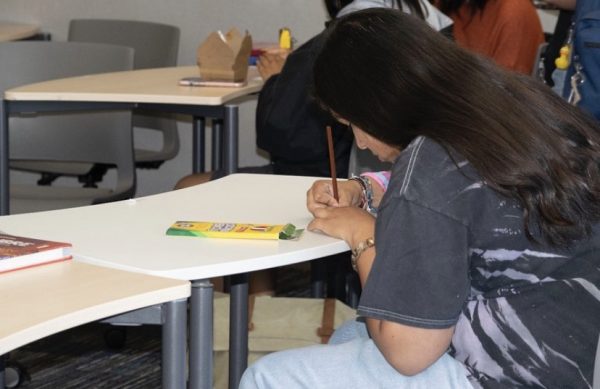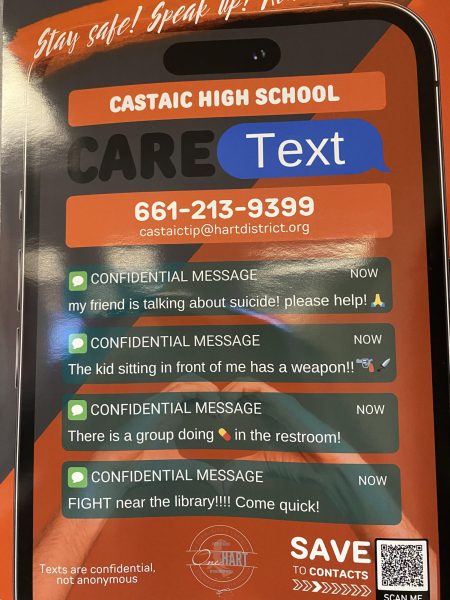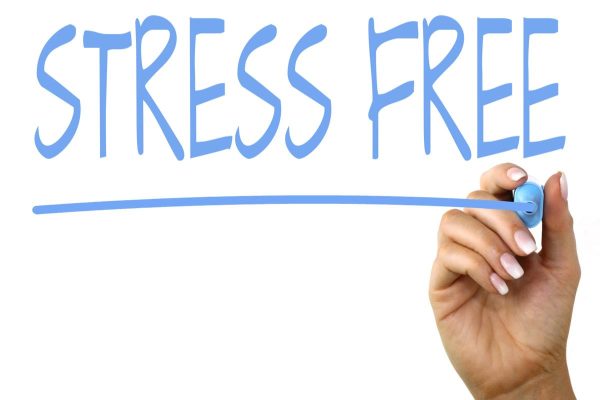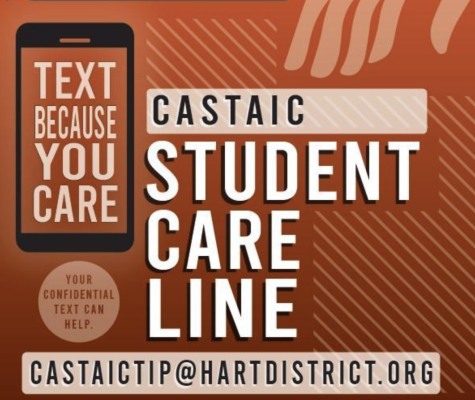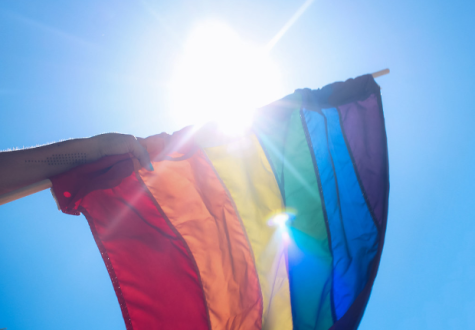How to Spot Red Flags in Relationships
February 28, 2022
People often talk a lot about red flags in relationships. They can range anywhere from minor to severe, but knowing what red flags are and how to spot them is incredibly important to keeping your mental health in check. Healthy relationships with friends and romantic partners is the first step to creating boundaries that can help you develop a healthy lifestyle.
First of all, what are red flags? Red flags are behaviors displayed by someone that you should give pause to and could indicate a larger pattern. Though severity most definitely varies, common and well-known red flags can be displayed through lack of trust, controlling behaviors, and excessive jealousy. It is important to know that some red flags, like jealousy, can be healthy in small amounts, but there is a fine line between healthy and toxic that is important to be aware of.
Now, there are a lot of red flags to take into consideration. Some are more obvious than others, like a friend or partner displaying abusive and unpredictable tendencies. However, there are also signs that are much more subtle, for example, love bombing. Love bombing is “excessive attention, admiration, and affection with the goal to make the recipient feel dependent and obligated to that person.” Even though love bombing may feel good in the moment, it is important to be aware that it is most certainly not healthy behavior, and that it can lead to a manipulative and controlling relationship further down the line. The goal of love bombing is to make the recipient dependent on the abuser, which in turn makes them likely to stay.
Another red flag to be well aware of is how they express anger. Anger is a normal part of life, and if you’re in a relationship, you’re almost guaranteed to experience it with your partner. However, it is important to ask yourself; when your partner is angry, do they become physical? Do they break or punch things? Anger management issues can progress into abuse, so it is especially essential to be very conscious of how your partner may react.
Red flags can also be present in how the people around you see your friend or partner. If your friend or family member is particularly cautious or concerned about how the dynamics of your relationship is, it may be important to take a step back and look at the entire picture. Typically, people on the outside of a situation can see it a whole lot clearer. The phrase “hindsight is 20/20” is not coined for no reason. Sometimes, the only way you can truly be aware of abusive behaviors is if you listen to the people around you.
While all of these are most certainly red flags to be careful of, it is important to also do your own research. Consult close friends and family, and allow yourself to be aware of the signs that you may not have spotted before. Set boundaries with your loved ones, and don’t be afraid of taking a stand for your mental health. Relationships can be fulfilling and flourishing, but sometimes they can be damaging and destructive. Spotting red flags can be the first step to finding someone who is just right for you- you just need to look hard enough.






